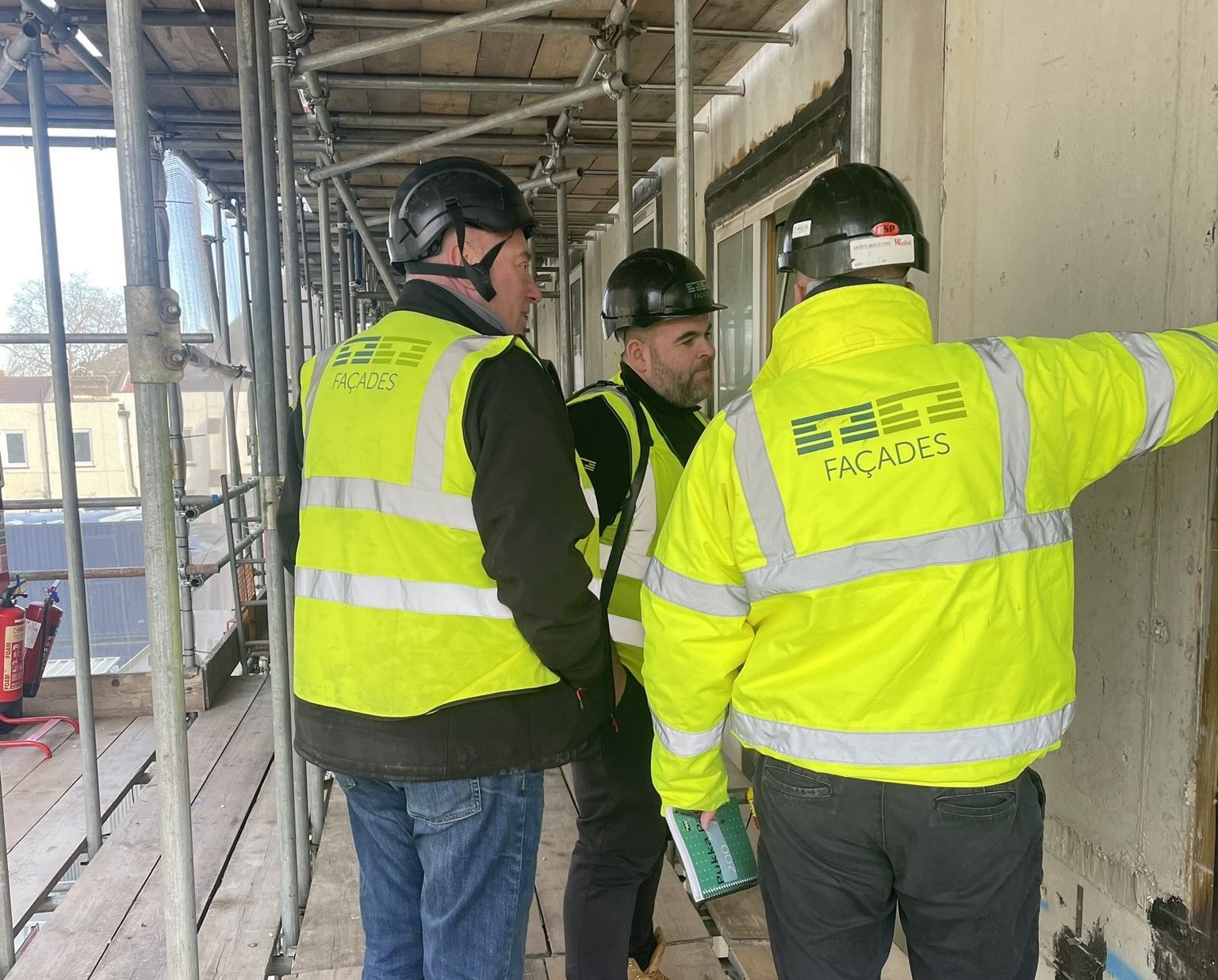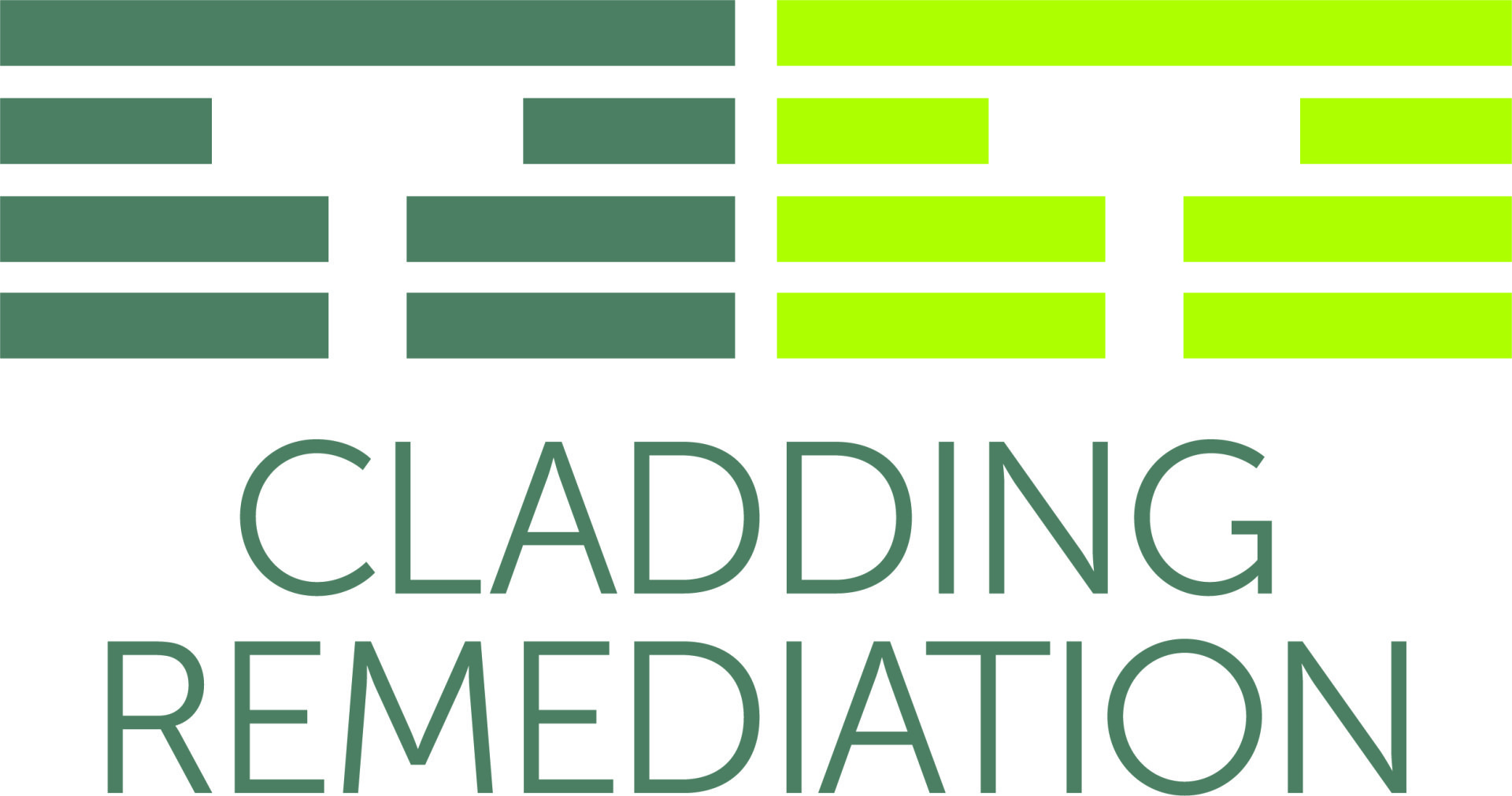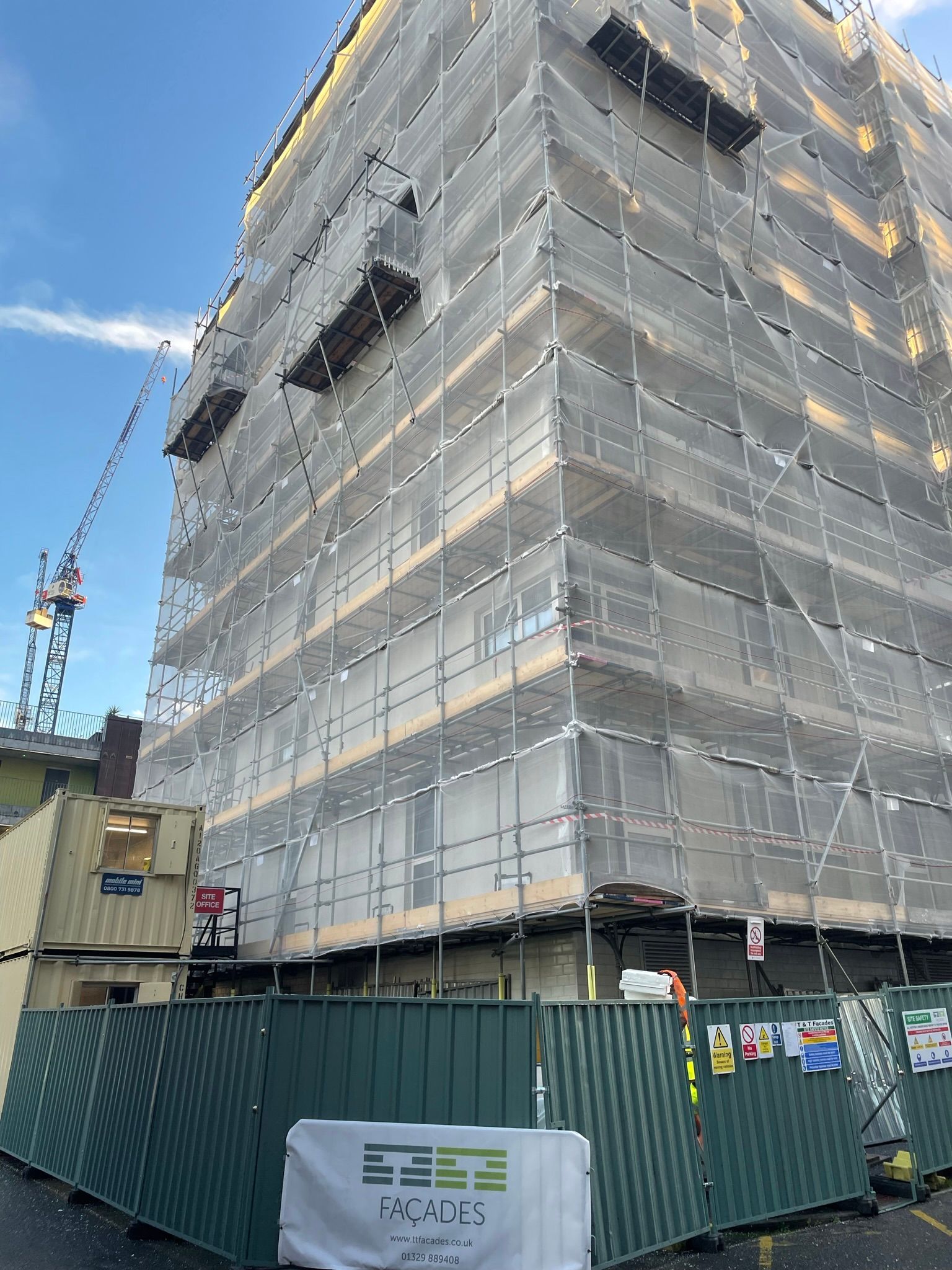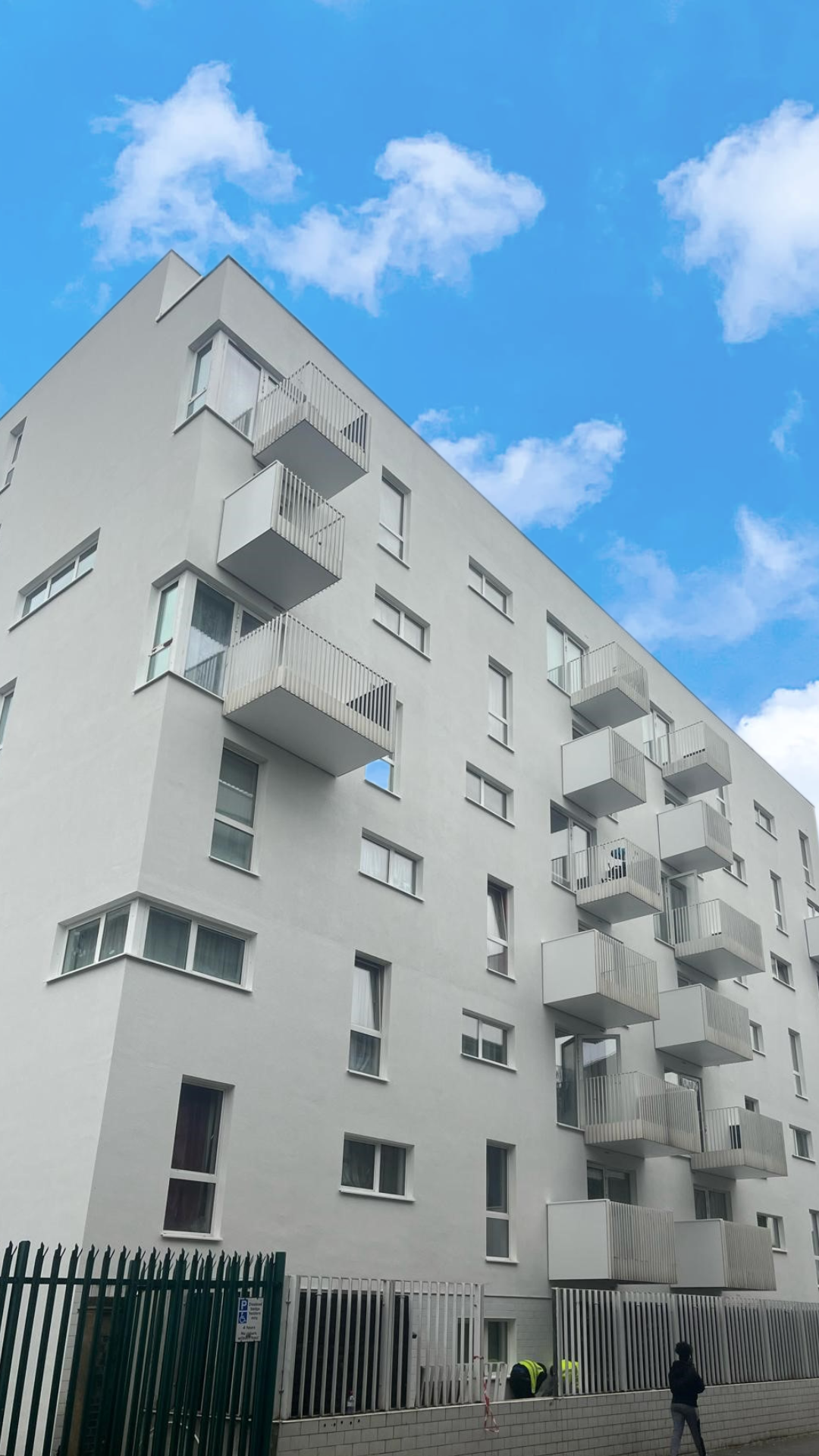Approved Doc B - are you compliant?
The key impacts of the 2022 updates
Regulations:
In the UK, there are several regulations and standards in place to regulate the construction of buildings.
Building Regulations 2010
In the cladding world we follow Building Regulations 2010 which is a set of regulations in England and Wales that govern the construction and alteration of buildings. They are enforced by local authorities and aim to ensure that buildings are safe, energy efficient, and accessible. The regulations apply to most building work, including new builds, extensions, major renovations and remediation work. They cover a wide range of topics including structure, fire safety, ventilation, drainage, energy efficiency, and accessibility.
Building Regulations 2010 is regularly updated to reflect changes in technology, construction methods, and best practices. It is important for building owners, developers, and contractors to be aware of the regulations and ensure that their projects comply with them. Failure to comply with the Building Regulations can result in enforcement action, including fines and the requirement to correct any non-compliant work.
T&T Facades & T&T Cladding Remediation employ in-house experts whose role it is to continually monitor any updates in regulations and policies to ensure all projects we are involved in comply 100% to the current regulations and guidelines.
A key component of Building Regulations 2010, pertinent to cladding contractors and those involved in the design, supply and installation of a building's external wall is
Approved Document B.
Approved Document B
This is a document that provides guidance on fire safety regulations in buildings in England and Wales. It is published by the UK government's Ministry of Housing, Communities and Local Government (MHCLG) and is part of the Building Regulations.
The document is divided into two volumes, Volume 1 and Volume 2. Volume 1 deals with residential dwellings, while Volume 2 deals with buildings other than residential dwellings. The document sets out the minimum requirements for fire safety that must be met in these buildings to comply with the Building Regulations.
Key topics covered in relation to cladding include:
Structural fire protection: This section covers the fire resistance of building elements such as walls, floors, and ceilings.
External fire spread: This section covers the prevention of external fire spread, such as through the use of fire-resistant cladding materials.
Amendments to Approved Document B – 1st December 2022
The Government released amendments to Approved Document B which came into force on 1st December 2022.
Main changes, pertinent to external walls:
o A blanket ban of combustible materials in and on the external walls of buildings: Consequential amendments following the laying of the Building (Amendment) (England) Regulations 2022. Prior to this the preferred method of demonstrating compliance was via a fire test carried out in accordance with BS8414. The test was to be carried out by an independent UKAS accredited testing body.
o ACM with an unmodified polyethylene core has been banned from use on all buildings.
o The inclusion of Hotels in the definition of relevant buildings with regards to Regulation 7(2), this means hotels over 18m in height will have to be constructed with external walls materials attaining A2s1d0 or better.
o The exemptions to Regulation 7(2), contained in Regulation 7(3), have been clarified to overcome issues with roof junctions to external walls, the transition from exempt below ground walls to the controlled above ground external wall giving a 300mm zone to affect the transition and the installation of fibre optics.
The updates offered a transition period of six months, meaning to not be controlled by the amendments you will have needed to make your building regulation application before that date and commence on site prior to 1st June 2023.
Regulation 7
Regulation 7 is a section of the UK's Regulatory Reform (Fire Safety) Order 2005 that specifically relates to fire safety in buildings.
When planning a cladding project, it's essential to ensure that the chosen cladding system meets the requirements of regulation 7 as well as the required fire rating for the building's height and intended use. This is particularly important for high-rise buildings, where fire can spread quickly through the building and cause significant damage and loss of life.
Regulation 7 requires that the responsible person (usually the building owner or employer) appoints one or more competent persons to assist in undertaking the preventive and protective measures necessary to comply with the Order.
The competent person(s) appointed under Regulation 7 must have sufficient training, experience, and knowledge to assist in ensuring that the building is safe from the risk of fire. They must also have the authority to implement and maintain fire safety measures, as well as the ability to identify and assess the fire risks in the building.
Overall, Regulation 7 plays an important role in ensuring that fire safety measures are effectively implemented and maintained in buildings to reduce the risk of fire and protect the safety of occupants.
For anyone embarking on a cladding project it pays to consult a specialist cladding contractor such as T&T Facades / T&T Cladding Remediation with the knowledge and expertise to ensure compliance.
Call 01329 889408 or email estimating@ttfacades.co.uk / estimating@ttcladdingremediation.co.uk




